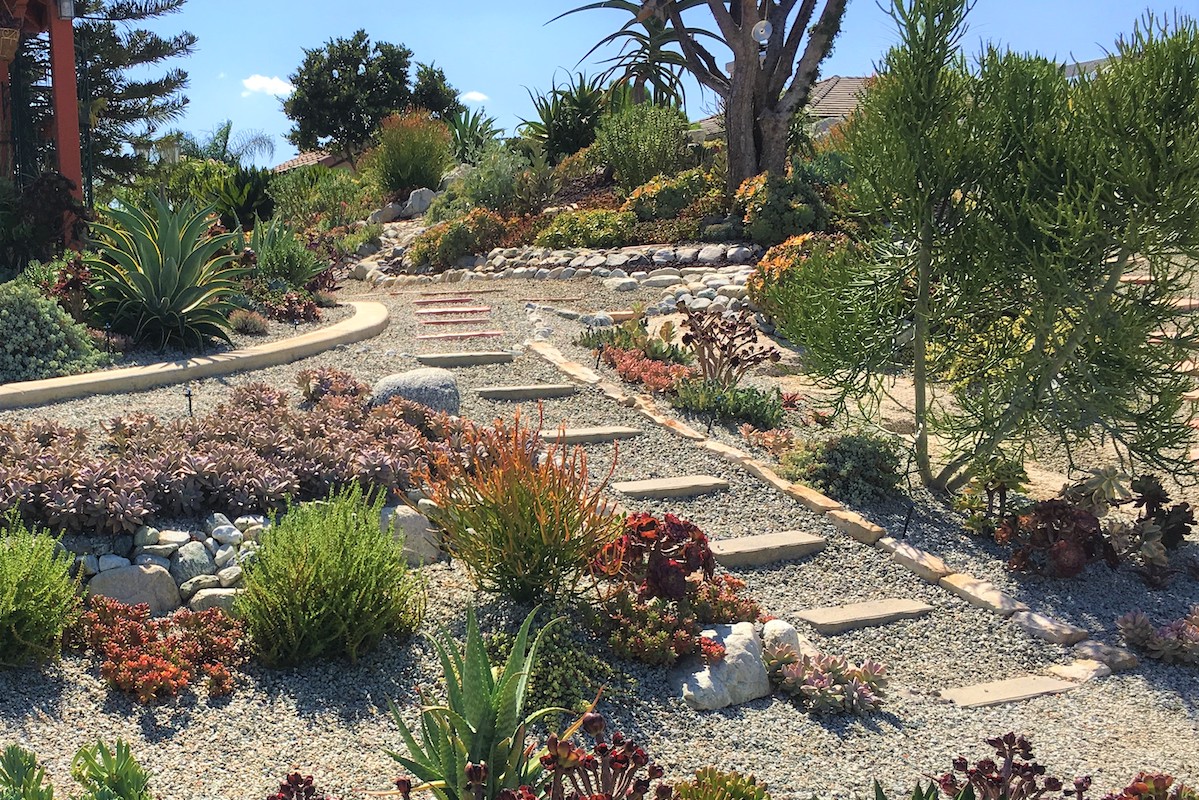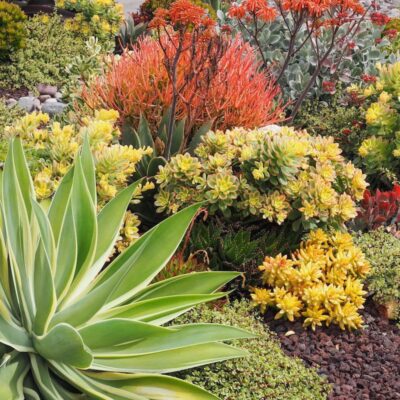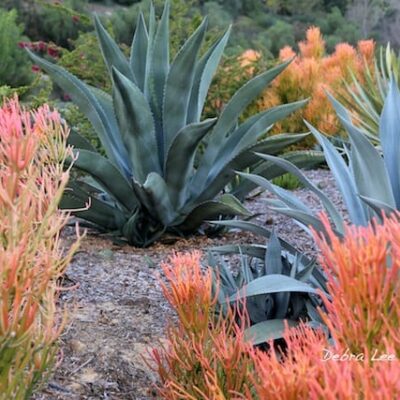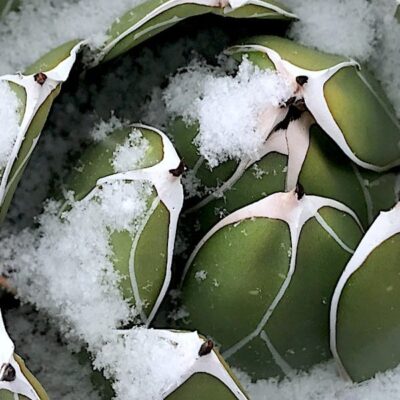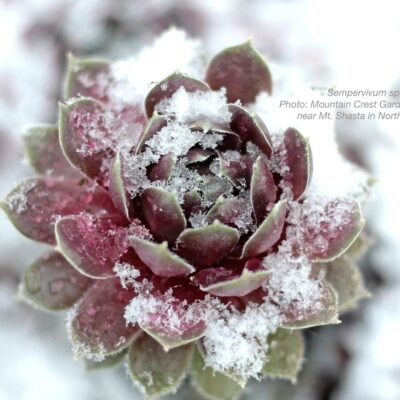The only New Year's resolution you really need is effortless and costs nothing: Find beauty. In her newly released Sacred Elements Guidebook, author/photographer Karina Aldredge shows how momentary joys add up, creating a happier, more grounded you. What better way to start a new decade?
The Nature Diet
Karina explains that finding beauty in easily-overlooked aspects of nature benefits mind, spirit and body. "Soon it becomes a craving, and everywhere you look, you'll see more," she says. "It feeds you. It's the Nature Diet!"

Karina Aldredge's book is a guide to noticing and finding joy in simple, everyday things.
Karina draws us into delight by making the mundane transcendent, and she does it step-by-step. As in the excerpt below, she tells how to use all your senses to internalize natural beauty. This is more than "taking time to smell the roses." Finding beauty makes you so immediately in-the-moment that all you know is joy. Yes, you've already experienced this, but I suspect it hasn't been often or nearly enough.

This photo of frozen drops (on Euphorbia rigida in Karina's Zone 8b garden) is from her Instagram feed.
I first met Karina via Instagram, admired her photos, and when she was in the San Diego area---she lives in Portland, OR---she visited my garden (top photo).

Karina shot me showing the beauty of a backlit Gasteria bicolor.
Sacred Elements Guidebook, Excerpt
This sample merely hints at what Karina offers. Like its lovely author, the book is slender but powerful. It's joy distilled: a healing balm for the overwhelmed mind.
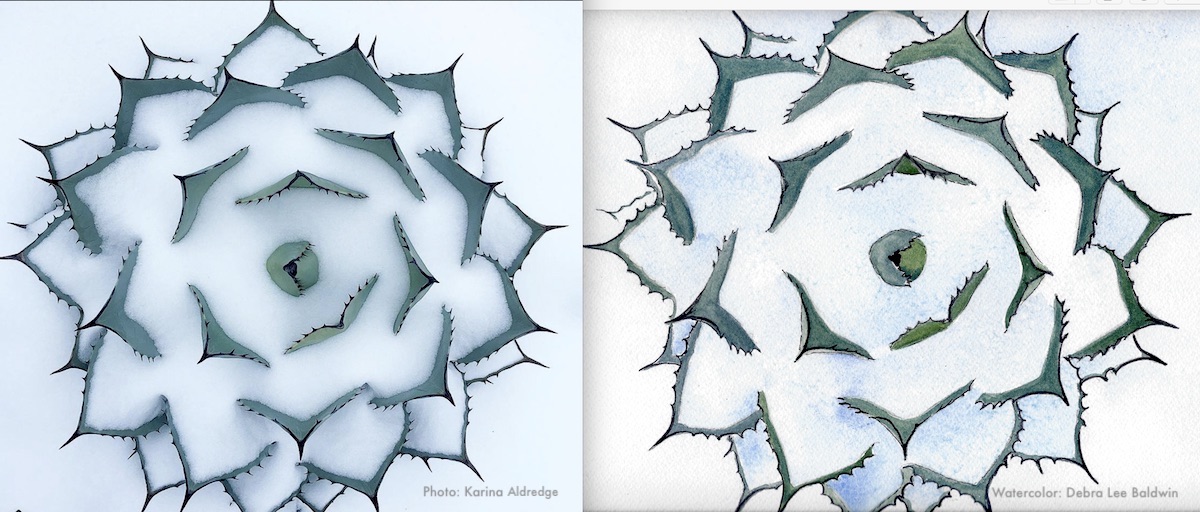
Accompanying the book's "gray winter morning" exercise is a photo that I liked so much, when Karina initially posted it on Instagram, I asked if I could paint it. It became the December page of my 2019 Succulent Watercolor Calendar.
...
FYI, Karina's soul-nourishing practice is not a religion, but I can attest it has enriched and deepened my own faith.
The post The Only New Year’s Resolution You Need appeared first on Debra Lee Baldwin. Copyright © Debra Lee Baldwin.
from Debra Lee Baldwin https://ift.tt/2MoEDYi
via IFTTT

